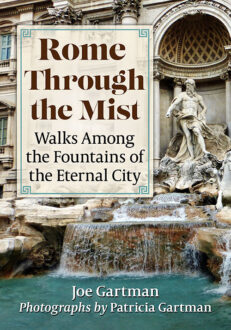The Spirit Transcendent
Exploring the Extraordinary in Human Experience$25.00
4 in stock
About the Book
What are we to make of direct spiritual experience? Of accounts of going to heaven or meeting angels? Traditional science would call these hallucinations or delusions. Clinical psychologist Dr. Mark Yama argues the opposite. Through interviews with his patients, he shows that underneath the visions and experiences there is a unifying spiritual reality apart from the material world.
One of the stories recounted in this book is the experience of a woman who could see the future. In a spiritual transport, she was taken to heaven where truths were revealed to her that she later discovered were already written in Gnostic scripture. Another woman lived a life marked by a spiritual sensitivity that defied materialist explanation. After she passed away of cancer, she came to inhabit the consciousness of another of Dr. Yama’s patients in the form of a benign possession. These stories, and many others, argue for a deeper reality that places spirituality on an equal footing with the material world.
About the Author(s)
Bibliographic Details
Mark F. Yama
Format: softcover (6 x 9)
Pages: 206
Bibliographic Info: notes, bibliography, index
Copyright Date: 2020
pISBN: 978-1-4766-8050-7
eISBN: 978-1-4766-3918-5
Imprint: Toplight
Table of Contents
Acknowledgments vi
Preface 1
One—The Witch of Orofino 5
Two—Hallucinations of the Angelic Variety 20
Three—Death and Transcendence 41
Four—At the Bottom Rung of the Ladder 57
Five—Theory of the Soul 69
Six—Travels to the Collective Unconscious 81
Seven—The Gates of Heaven 93
Eight—The Christian God Meets the Great Spirit 110
Nine—Hallucinations of the Demonic Variety 127
Ten—Through a Glass Darkly 147
Eleven—Science and Spirituality 169
Chapter Notes 177
References 191
Index 197


 Mark F. Yama is an associate professor of clinical psychology at the University of Idaho as well as a licensed psychologist in practice for over thirty years. He lives near Moscow, Idaho.
Mark F. Yama is an associate professor of clinical psychology at the University of Idaho as well as a licensed psychologist in practice for over thirty years. He lives near Moscow, Idaho.






